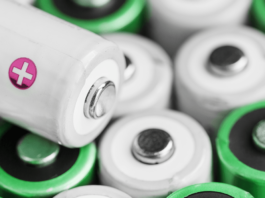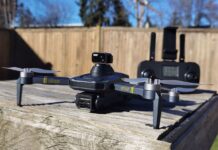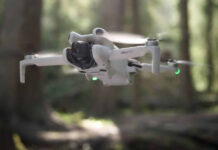
[Editor’s note June 29th: the government of Canada release a revision to the rules governing recreational drone use. These most important changes include:
- drones between 250 g and 1 kg must be kept at least 30m away from vehicles, vessels and the public (heavier drones are still to be kept a minimum of 75m away)
- at least 5.5 km away from aerodromes (instead of the previous 9 km away).
The government emphasizes that failure to comply with the rules may result in up to a $3000 fine. For more details go this this link.]
Flying a drone in Canada is now based on tighter rules and regulations that are already in effect, raising questions on where and when you do have clearance to take to the skies.
The new rules apply to recreational flight, so if you’re looking to just fly a drone for fun, you do need to fly within the rules. They are in effect for up to one year since they were announced in March. Being an Interim Order, they are not final. Transport Canada will publish an updated proposal for binding rules that will be open to consultation from across the country.
Once that process begins, Transport Canada is then expected to finalize rules and regulations for drone use sometime in 2017. An FAQ (frequently asked questions) section on its website answers some basic queries, but isn’t overly comprehensive. A compromise “seeking a reasonable approach to the use of drones, which seeks to balance the enjoyable use of drones with the safety to airspace and those on the ground” is likely coming, whatever it may be.
Knowing where to fly a drone
As is, the current interim rules will affect different municipalities in different ways, particularly as it relates to where airports are located. The new rules restrict drone flight to at least a 9km radius outside any airport or landing strip. Altitude is also restricted to no higher than 250 feet, “focused on protecting property and people on the ground,” meaning you need to stay that far away from buildings, people or animals.
The challenge is that the interim rules don’t have much context. Is it okay to fly a drone in an open area far away from any buildings, yet close enough to other people or animals? It’s hard to know exactly who or what might be where at any given time within that distance. For example, flying in a park that is more than 250 feet (75 metres) away from any buildings, and at a lower altitude to not impede anything else in the air or on the ground would seem to be innocent enough.
Transport Canada has outlined details for “no drone zones” to clear up places that are forbidden. The UAV Site Selection Tool is a map it has provided to help drone users find unrestricted areas to be able to fly.

It’s also not a bad idea to inquire with local officials where you live to get a clearer picture of what would be acceptable or not.
Options available
For commercial use, like real estate, filmmaking or weddings, as a few examples, you can apply for a Special Flight Operations Certificate (SFOC) with Transport Canada. They also offer a “Standing SFOC” that issues certification based on your piloting skills and safety record. If you get that, then you don’t need to re-apply for certificates every time.
The key to remember is that the new rules are enforceable through fines. Local law enforcement has the authority to get you to immediately stop flying, but not to write you a ticket, based on the vague details provided. Another person could also call police to issue a complaint. In a public area, like a park or beach, superintendents can also step in and cut you off.
Until drone rules and regulations are tweaked and finalized, the interim ones are essentially law. Location is arguably the most important one because the others branch out from it. While stifling for the time being, it’s my view the rules will likely be amended to allow for more flexibility for recreational users.
In the meantime, fly safely and within the parameters set.
Check out the latest drones available now.








































In Alberta be very careful, as the Calgary city police have arrested persons in the past. The subject was in a park around 24th ave north east flying at low altitudes. Police arrested the man charging him with interfering with aircraft etc. Plus seized his drone in the process. The Calgary police went on the news and stated anyone caught flying a drone within Calgary city limits will be arrested and prosecuted and the drone seized. The police in Calgary seem to think they are above any federal standards and will do as they please. So pilots be very cautious and if you see police in Calgary land your craft immediately, so you don’t have to have a negative interaction with Calgarys police force.
Comments are closed.